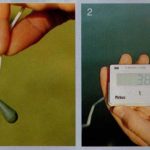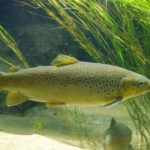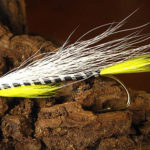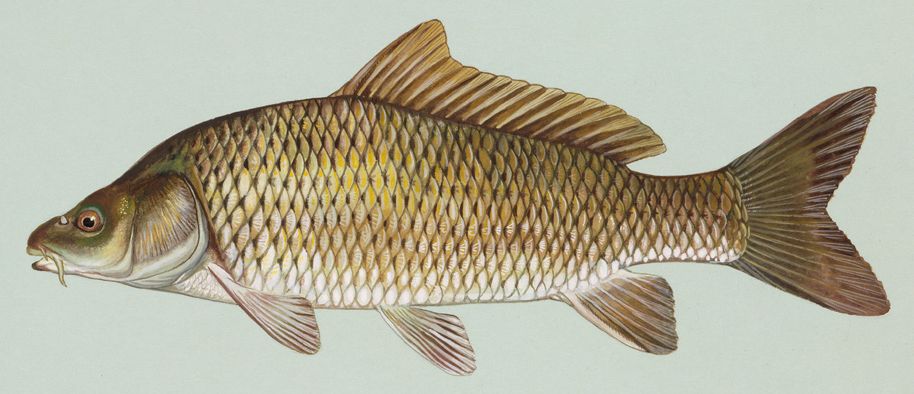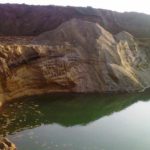Listopad, to w naszych warunkach klimatycznych przełom jesieni i zimy. Szczupaki, okonie i sandacze stanowią w tym czasie główny cel wypraw wędkarskich dla tej części braci wędkarskiej, dla której sezon trwa cały rok. Pokarm drapieżników znajduje się głębiej, drobnica rzadziej przebywa w płytkich miejscach i raczej w ciepłe dni. Niska temperatura wody spowalnia reakcje zarówno drapieżników jak i ich ofiar. Wolniej przebiegają też procesy trawienia pokarmu – obniżenie temperatury o ponad 10°C zwalnia kilkakrotnie szybkość reakcji chemicznych a przecież temperatura ciała ryb jest niewiele wyższa od wody wokół. Przynęty, na które łowimy musimy bardziej dostosować wielkością i sposobem poruszania do naturalnego pokarmu. Różni się on od letniego menu. Duże okonie często odżywiają się rybkami mniejszymi od zapałki, szczupaki nie podejmują długich pogoni za ofiarami, chwytają tylko pewną zdobycz. Stosunkowo najaktywniej żerują sandacze, pod warunkiem, że ciśnienie atmosferyczne jest względnie ustabilizowane.
Szczególnie dobrą przynętą w tym okresie są jigi wykonane z piór, sierści i podobnych materiałów. Za ich stosowaniem o tej porze przemawia wiele okoliczności. Doskonale pracują w najzimniejszej wodzie – „oddychające” materiały zachowują się identycznie jak żywy pokarm. W tym warunkach przynęty plastikowe sztywnieją, rippery trzeba zmiękczać przez kąpiel we wrzątku i rozciągać, twisterom zaś wycieniać ogony. Trudno też odpowiednio dociążyć maleńki twister lub ripper nie psując ich pracy. Jig z piór czy sierści może być o wiele cięższy przy tych samych gabarytach. Niska cena pozwala łowić w miejscach, gdzie nie odważylibyśmy się stosować bardziej kosztownych przynęt, a najczęściej tam – wśród zawad – znajdują się ostoje ryb.
Wykonując jigi możemy się wzorować na streamerach. Najbardziej odpowiednie wzory to muddler minnow – imitacja głowacza a w wodach nizinnych jazgarza i kiełbia oraz leech – pijawka. Materiały konstrukcyjne nie muszą być tak wysokiej jakości jak do wyrobu sztucznych much i łatwo je zdobyć.
Możliwość użycia główek jigowych o różnych własnościach – wolno i szybkotonących, stojących oraz o różnych proporcjach haka i łebka daje ogromne możliwości eksperymentowania i zastosowania w każdych warunkach połowu.
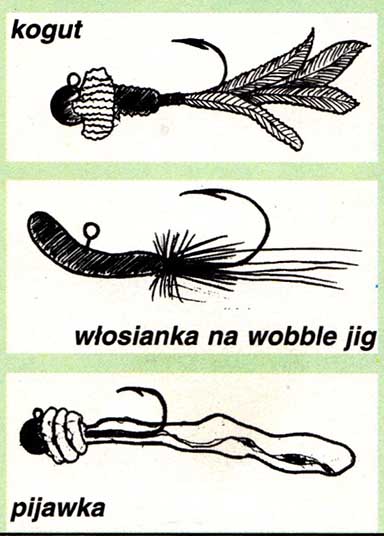 Przykłady trzech jigów, najbardziej uniwersalnych, o sprawdzonej skuteczności i łatwych do wykonania:
Przykłady trzech jigów, najbardziej uniwersalnych, o sprawdzonej skuteczności i łatwych do wykonania:
Kogut: trzy-cztery pióra szyjne koguta, korpus z włóczki, kołnierz który spowalnia opadanie (np. z włókien wiskozowych). Po poderwaniu jig ma opadać równolegle do dna tak, jak kiełb lub jazgarz.
Włosianka na główce typu wobble. Jig o spowolnionym opadaniu, kołyszący się na boki. Doskonały na okonie.
Pijawka jest najbardziej uniwersalna i zarazem najłatwiejsza do wykonania. Można ją zrobić następująco: żyletką i przy linijce wycinamy długi na około 10 cm i wąski o szerokości 2-3 mm pasek z miękko wygarbowanej skórki królika nie uszkadzając sierści. Pasek dwukrotnie przebijamy w połowie długości grotem od haka w odstępie około 1 cm i naciągamy na trzonek. Owijamy kilkakrotnie wokół szyjki w kierunku główki formując w ten sposób kołnierzyk. Oczywiście konieczne jest zabezpieczenie konstrukcji przed rozwinięciem węzłem z nitki. Nadmiar materiałów obcinamy. Wielkość przynęty jest dowolna. Zbigniew, który po raz pierwszy zaprezentował mi pijawkę, będący znawcą metody jigowej i muszkarstwa twierdzi, że może mieć nawet i 15 cm długości, jeśli potrzeba. Pierwotnie stosowano ciemne kolory, ale równie skuteczny jest biały. Futro daje się łatwo barwić, co pozostawia pole do eksperymentów. Najlepiej widoczne w wodzie będzie białe lub żółte w czarne, poprzeczne pasy.
Złowienie na własnoręcznie wykonaną przynętę sandacza, szczupaka czy okonia w warunkach, gdy zawodzą wszystkie inne przynęty będzie niezapomnianym przeżyciem i zachętą do dalszych prób. Powodzenia.
